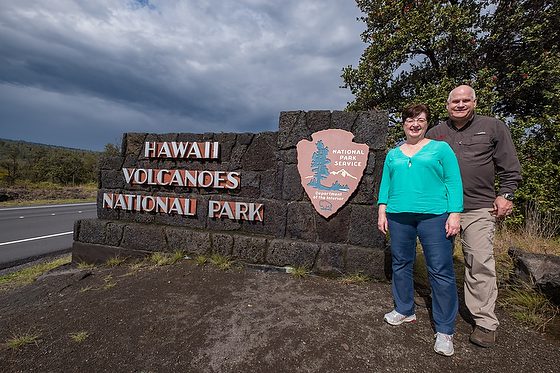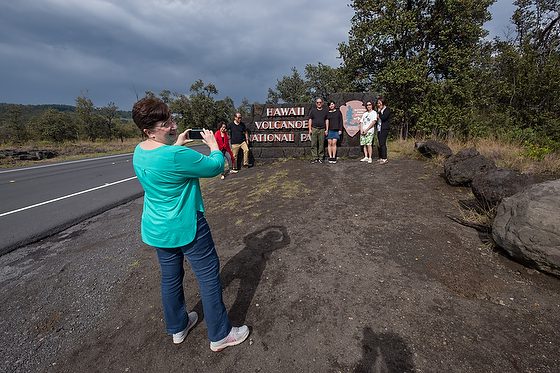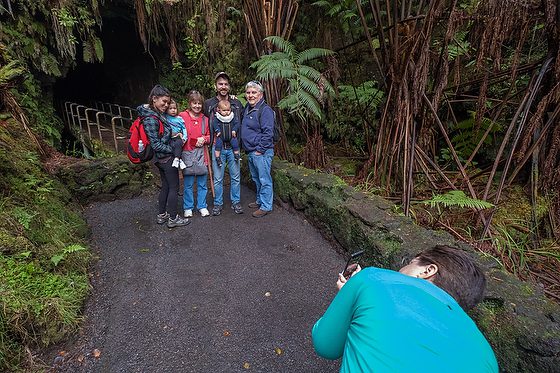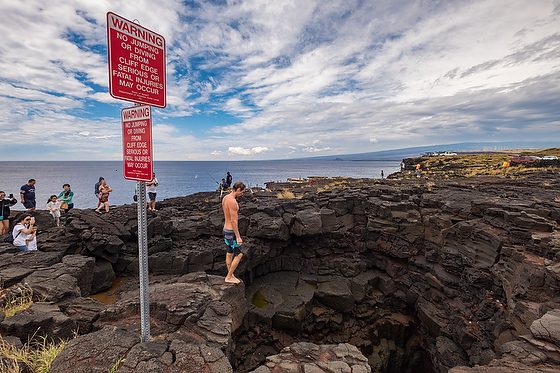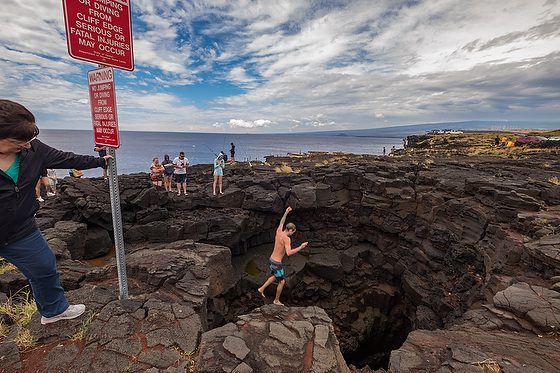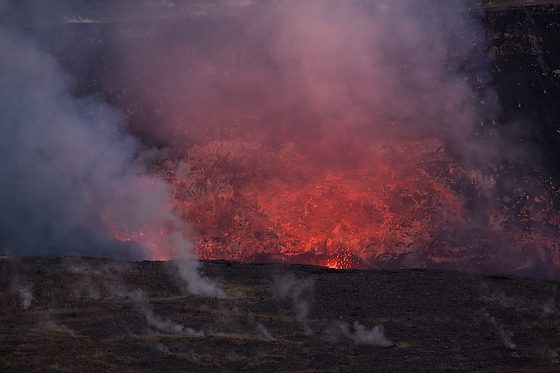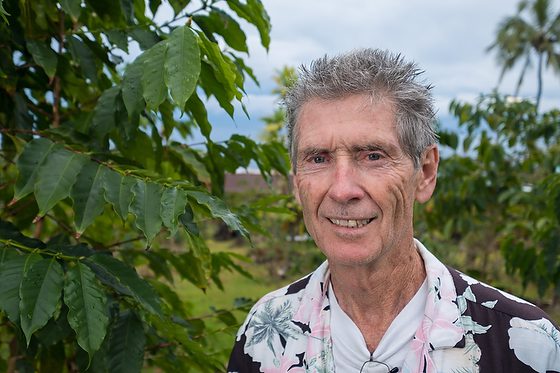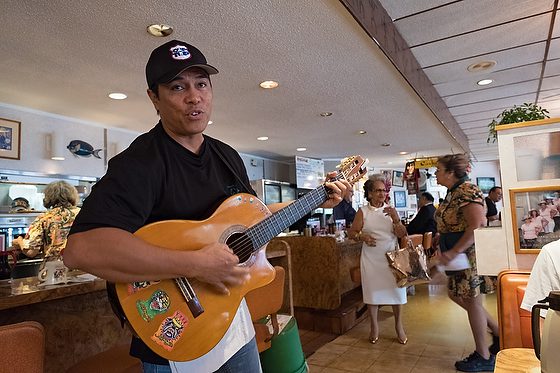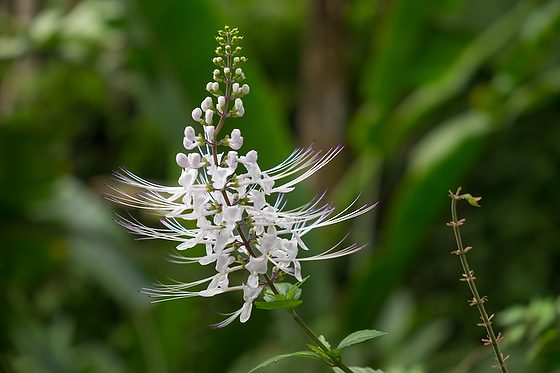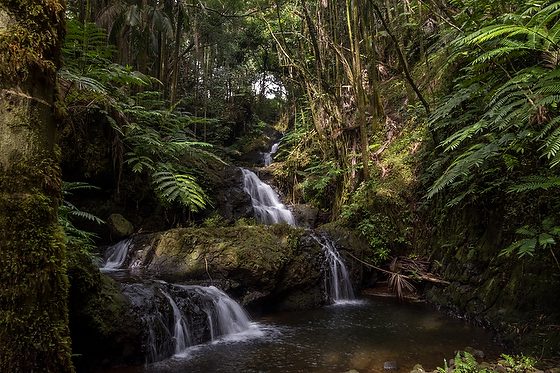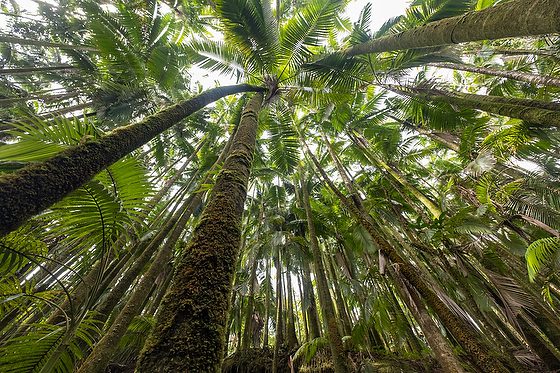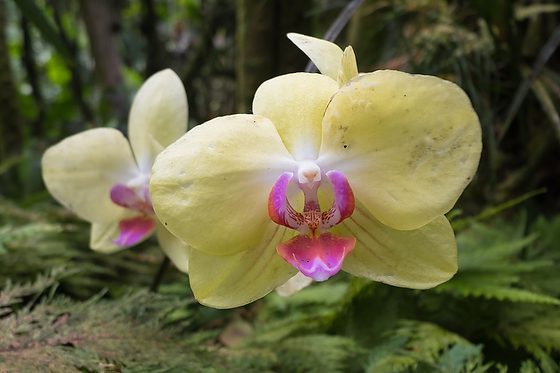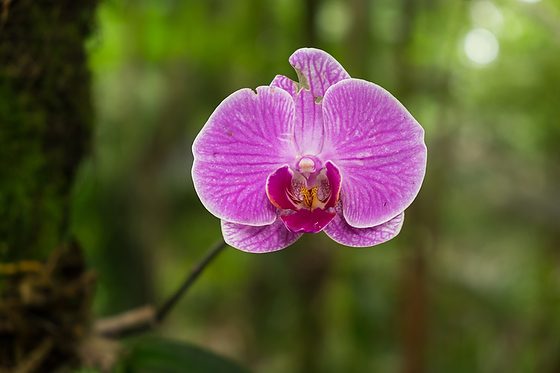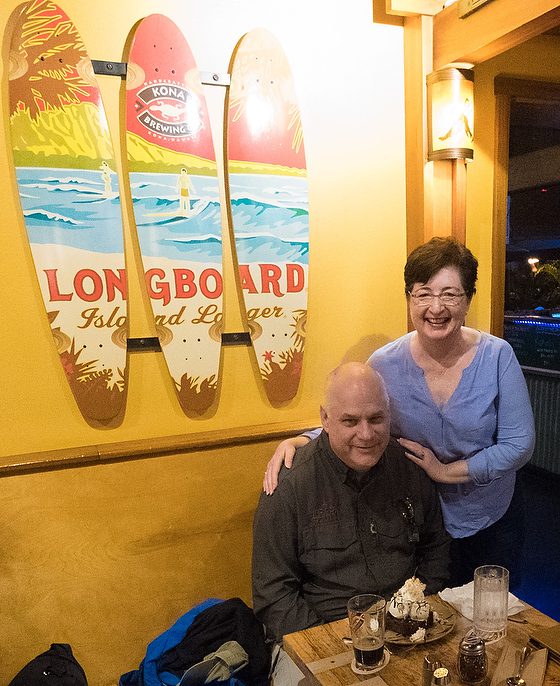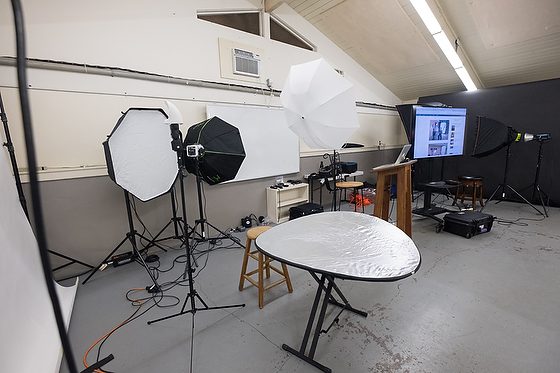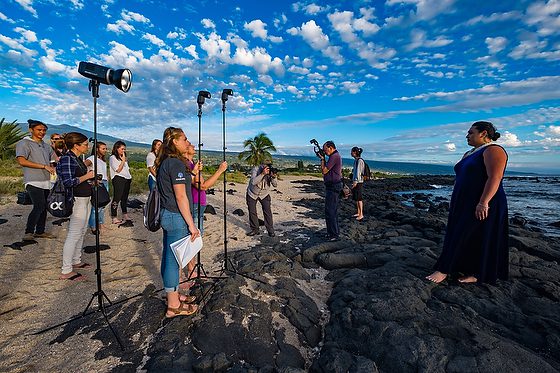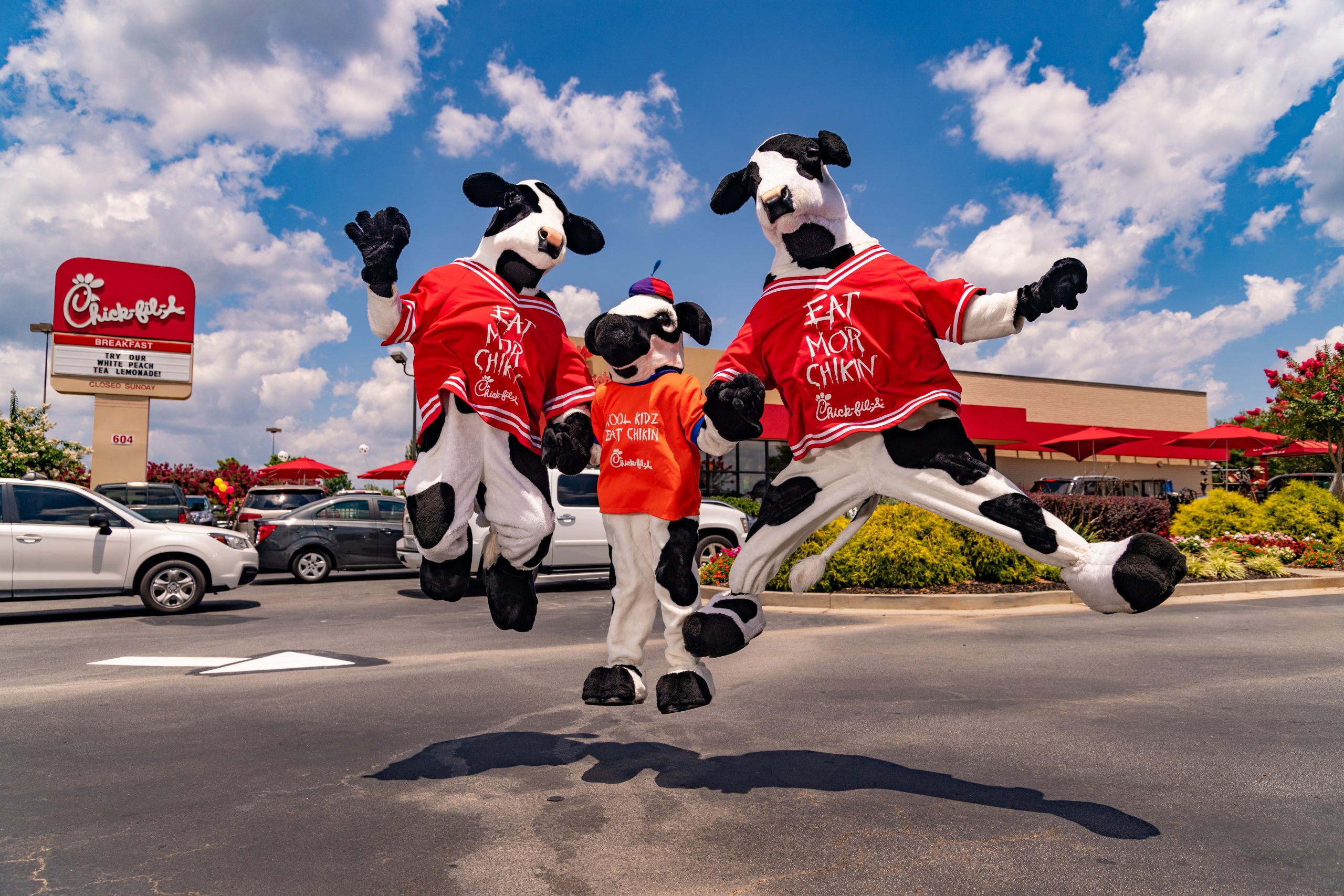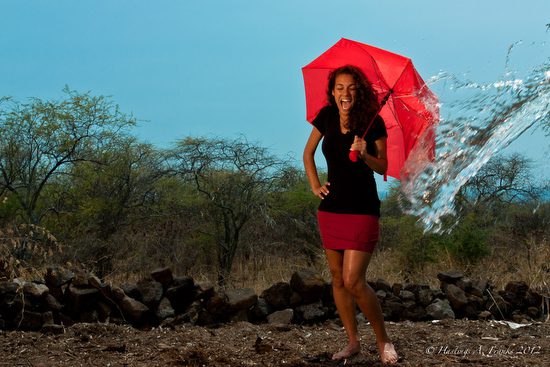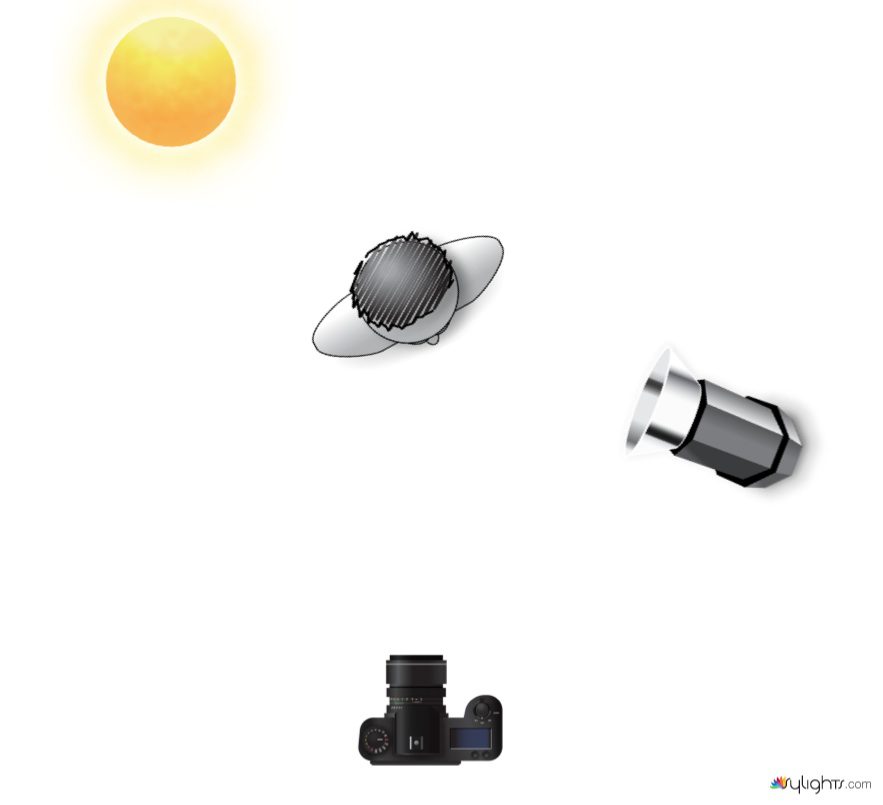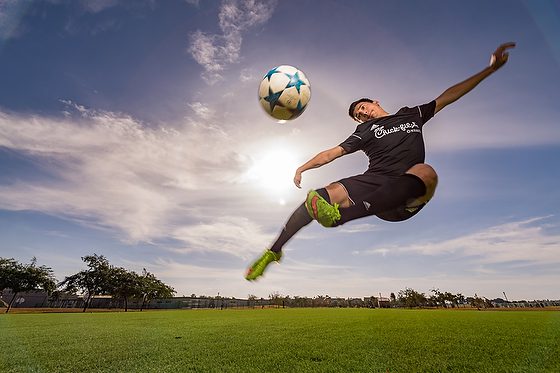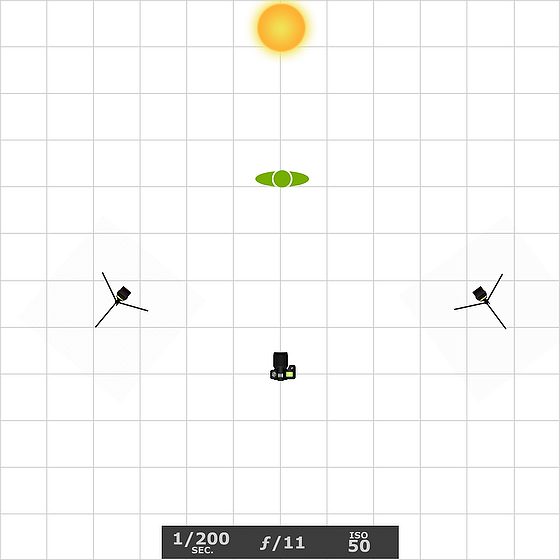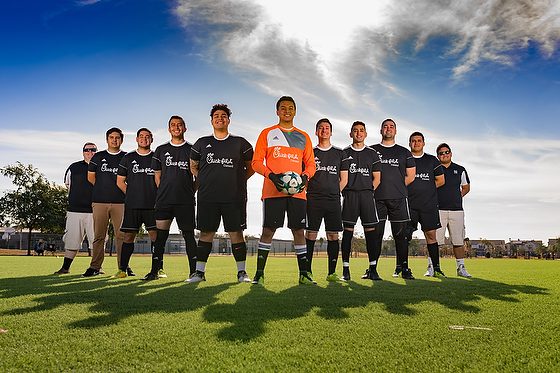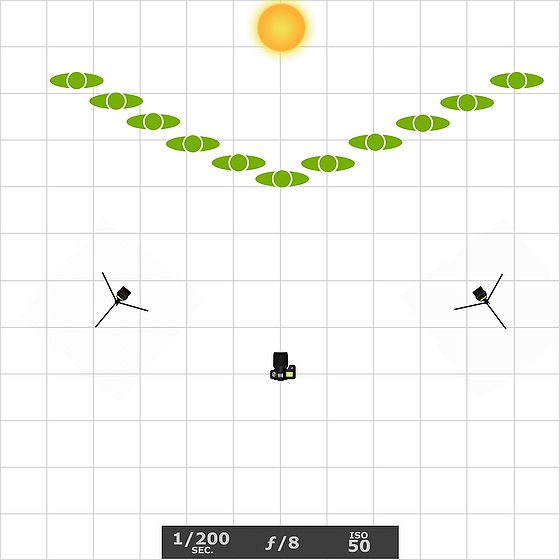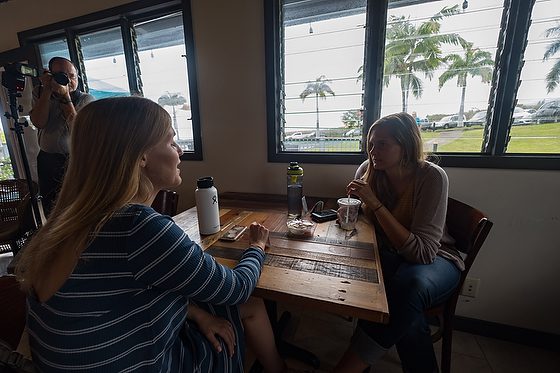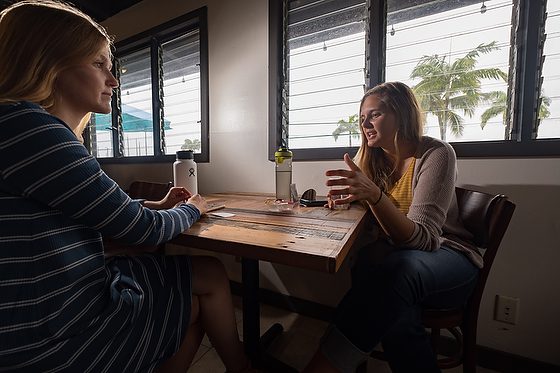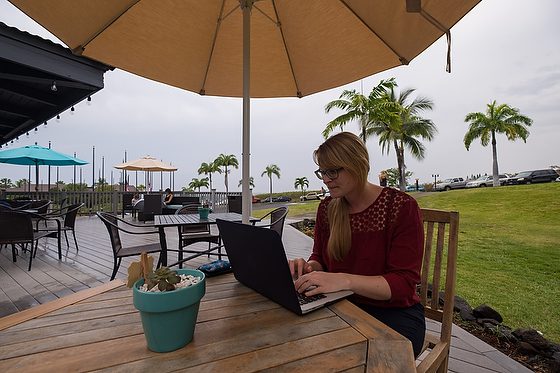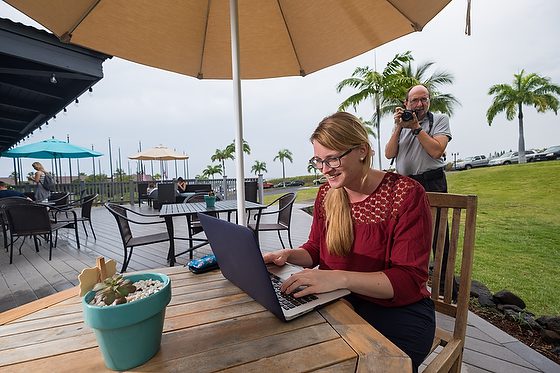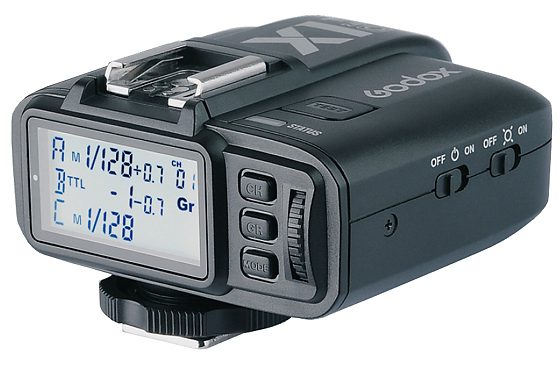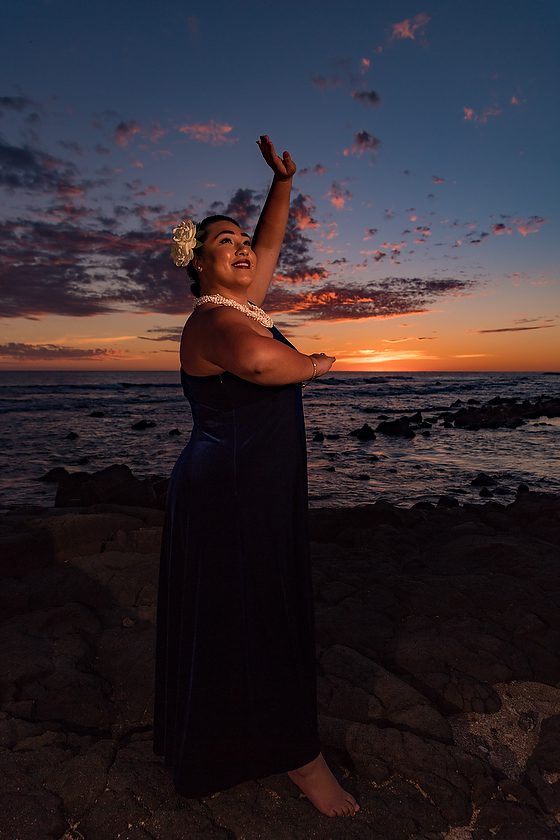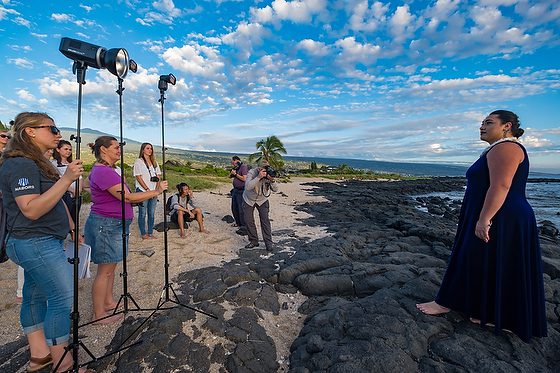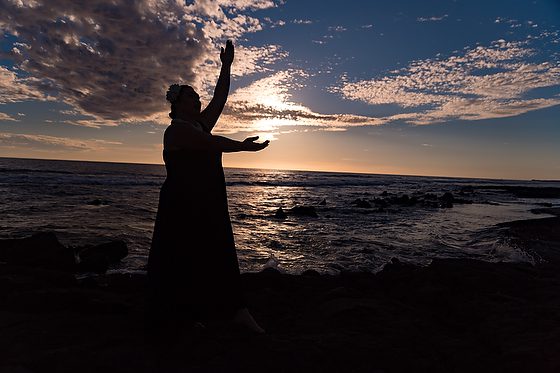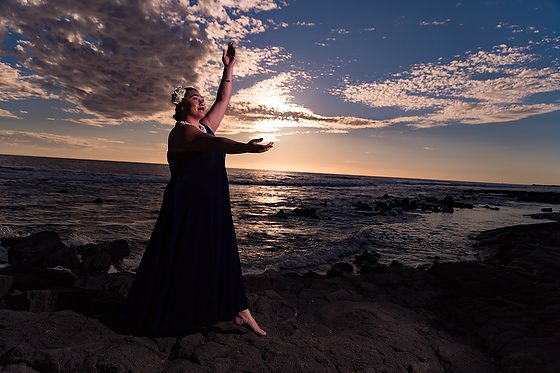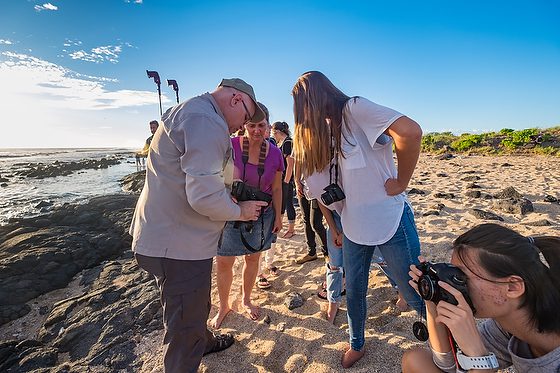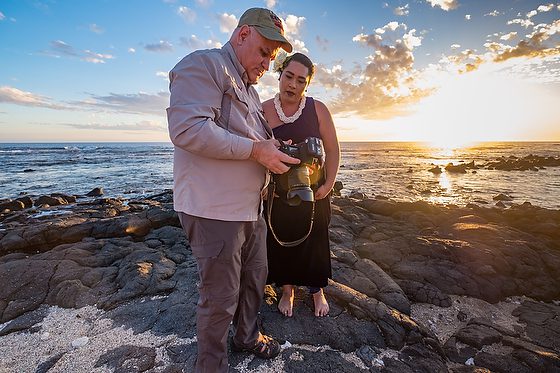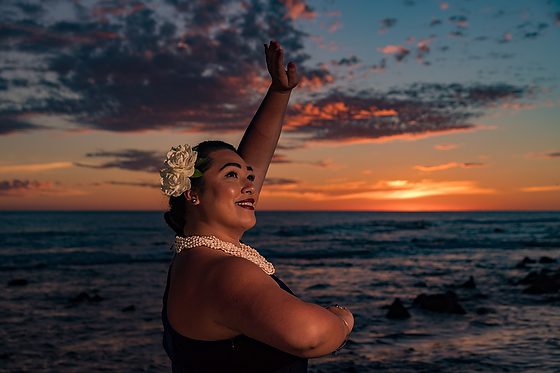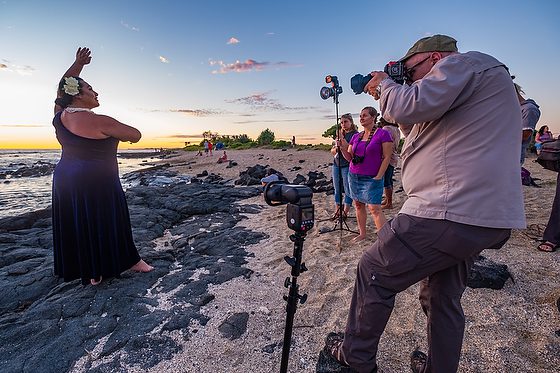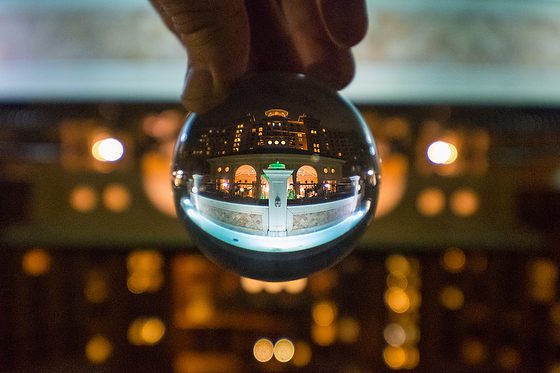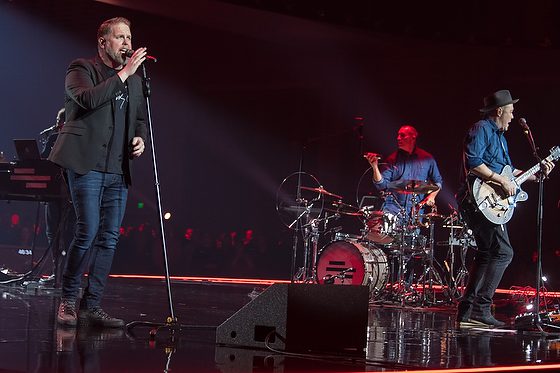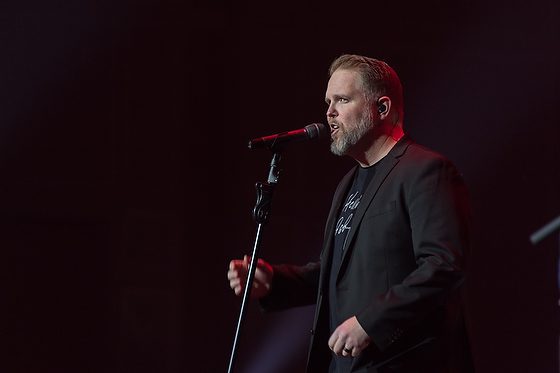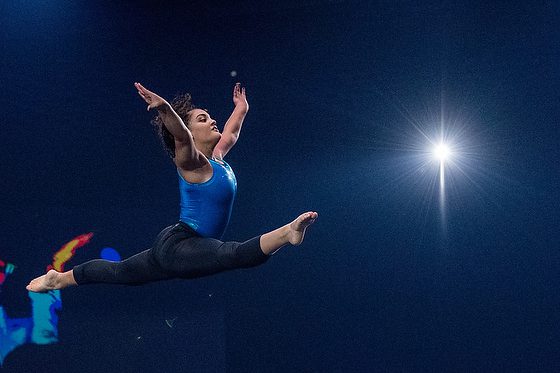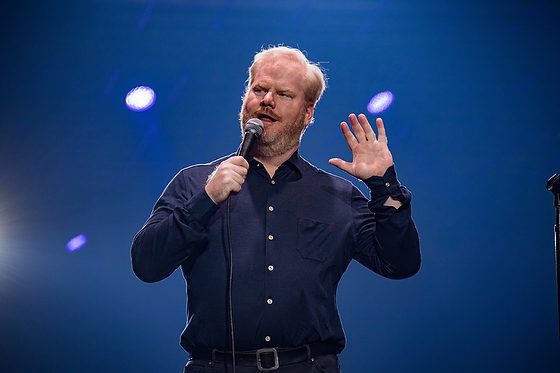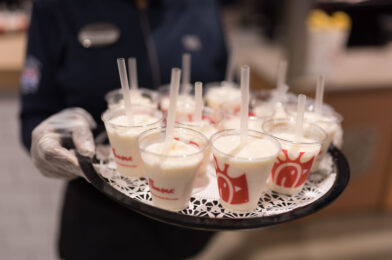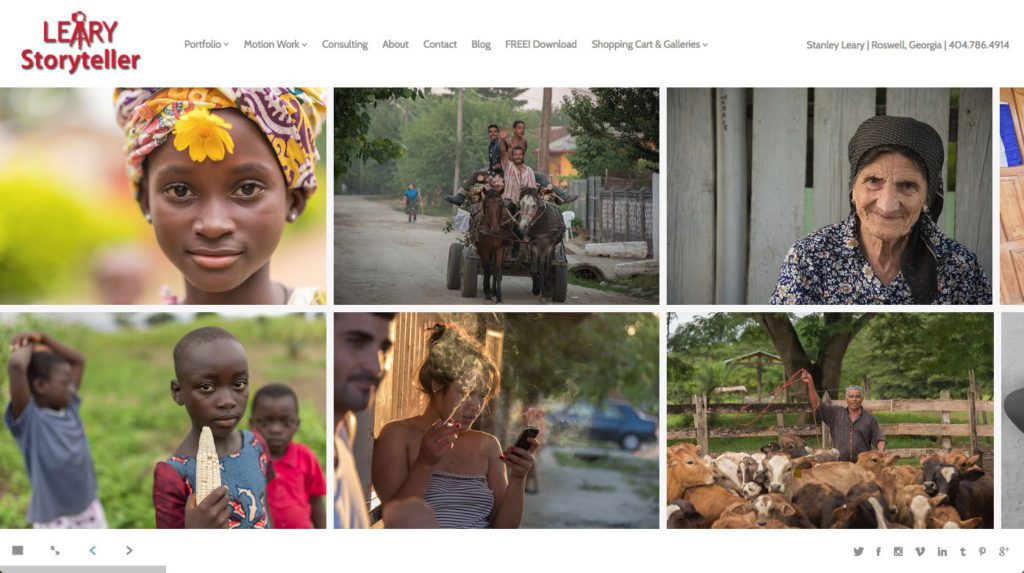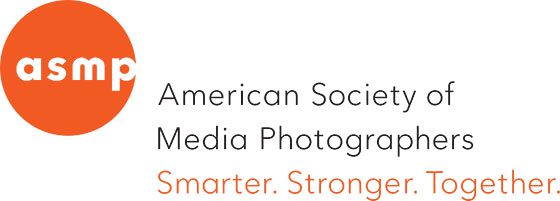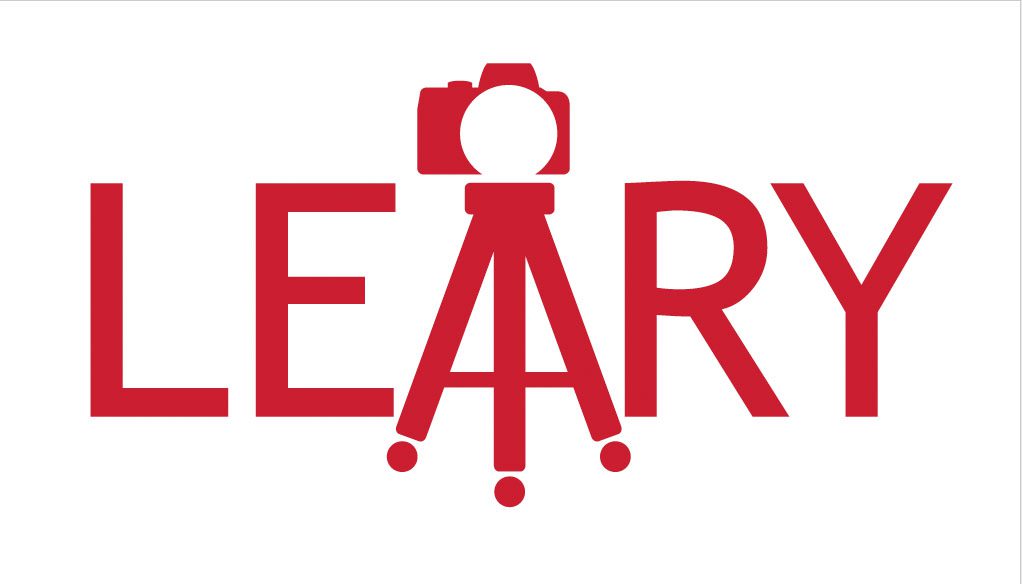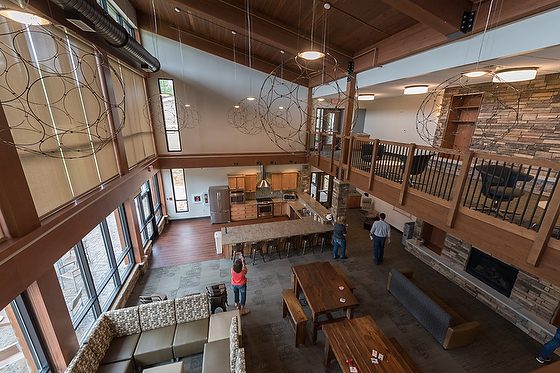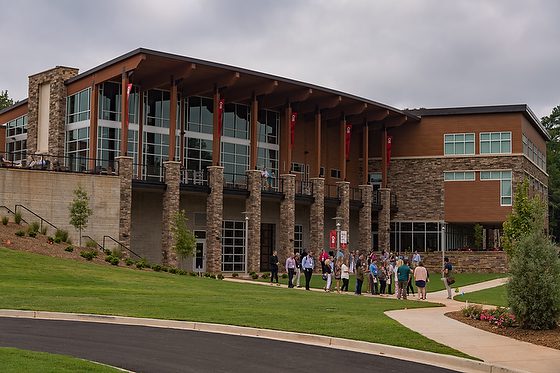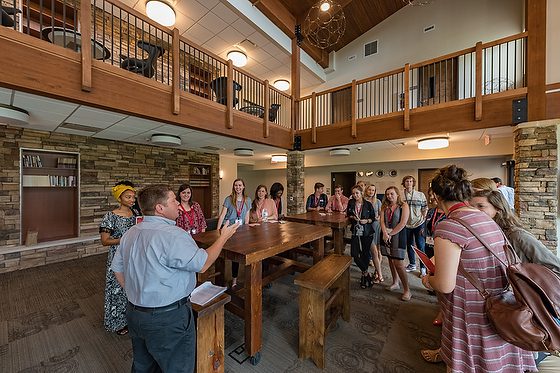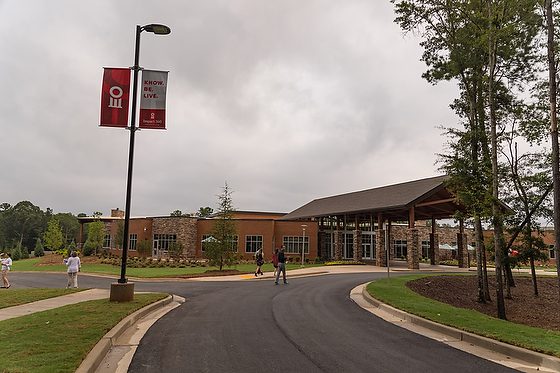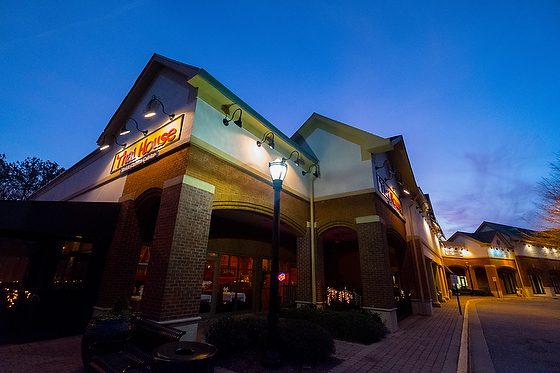[Nikon D750, Sigma 35mm ƒ/1.4, ISO 125, ƒ/1.4, 1/100]
One of the best ways for restaurants to get you to buy their food is to give you samples. Walk through almost any mall’s food court; one restaurant will provide samples. When your food has low market awareness, you must do something to get people to know you exist and that what you offer is good.
Now, photographers don’t have to give their photos away for people to know what they will get if they purchase a photo from them. They can look at their portfolio, and it serves the same purpose.
A successful business model is a win-win deal for all involved. The problem for most people starting in business is that they don’t know what they don’t know.
The devil doesn’t come dressed in pointy horns. He comes in everything you wished for …
Drug dealers give free samples to get you hooked. They don’t work in back alleys all the time. Today, many are selling what appear to be legitimate prescription drugs. Even doctors have been doing this because it is so lucrative to them, due to the kickbacks they get from drug companies.
When most successful businesses start, they hire lawyers, accountants, and other experts to help guide them so they can be successful.
When you start, I cannot recommend getting expert help enough. One of the best photography organizations I know is ASMP [American Society of Media Photographers], of which I have been a member since 1987.
The group was founded to help represent magazine photographers regarding wages and working conditions. In those early years, ASMP was acting as a union for photographers. While today it isn’t a union, the purpose of ASMP at its core is to help photographers be successful businesses.
Remember Groupon? Businesses thought giving a super discount to get customers in their doors would have them pay full price later. A study by Lightspeed Research shows that existing customers purchase 63% of Groupons. … Sucking value out of the small business market will ultimately damage the local merchants that are the bread and butter of Groupon’s base. Groupon’s model is not sustainable.
Now if Groupon which is a discounted price sucks value out of small businesses what do you think of Unsplash?
Beautiful, free photos.
Gifted by the world’s most generous community of photographers.
Remember, photographers do not have to give away their photos, as you see in a mall’s food court. They can show their images on websites or displays, so people can get a taste of what they offer without giving anything away.
Remember: “A Successful business model is a win-win deal for all involved.“
Mikael Cho is a graphic designer who was solving “his problem” when he started Unsplash.
Mikael’s problem was that when he needed samples for an idea he was working on, he realized that he couldn’t just use those images when he went to Google Images. I’m not sure how he knew those were copyrighted and not for free, but I am guessing it would be similar to others who start. They made a mistake, and someone pointed out that you cannot do that without paying for the images.
By the way, Mikael appears to have paid his bills in a way other than graphic design. He thinks of himself as an artist. He wants to create and share.
It would be great if you had a job. Then your creativity is a hobby and not a career. The problem is that Mikael sucked people who want to do this for a career into his creative vortex.
Mikael seems to be talking as an artist. I have heard this many times before. Usually, in the past, I would then listen to they don’t want to “sell out.” Wikipedia defines “Selling out” as a common idiomatic pejorative expression for compromising a person’s integrity, morality, authenticity, or principles in exchange for personal gains, such as money. In terms of music or art, selling out is associated with attempts to tailor material to a mainstream or commercial audience; for example, a musician who alters his material to encompass a wider audience, and in turn generates greater revenue, may be labeled by fans who pre-date the change as a “sellout.” A sellout also refers to someone who gives up, or disregards, hence the term ‘sells’ – someone or something – for some other thing or person.
Simply put, you can’t live out your purpose if you aren’t selling, and that’s why sales is a critical skill for artists to develop.
You should be very concerned, even if you don’t participate in Unsplash and give your images away. You cannot stay in business if your clients can get what you can provide through a “FREE” service like Unsplash.
All working photographers need to educate the public, especially those trying to be photographers, on the pitfalls of highly discounting their work or giving it away for free.
I understand shooting your first wedding for a friend to get samples to show for a portfolio. You do have to do some work for free to create a portfolio, but once you have examples, you no longer have to do free work to show what customers can expect when they hire you.
Your goal as a successful business should be to have customers willing to pay full price and come back to you repeatedly.



